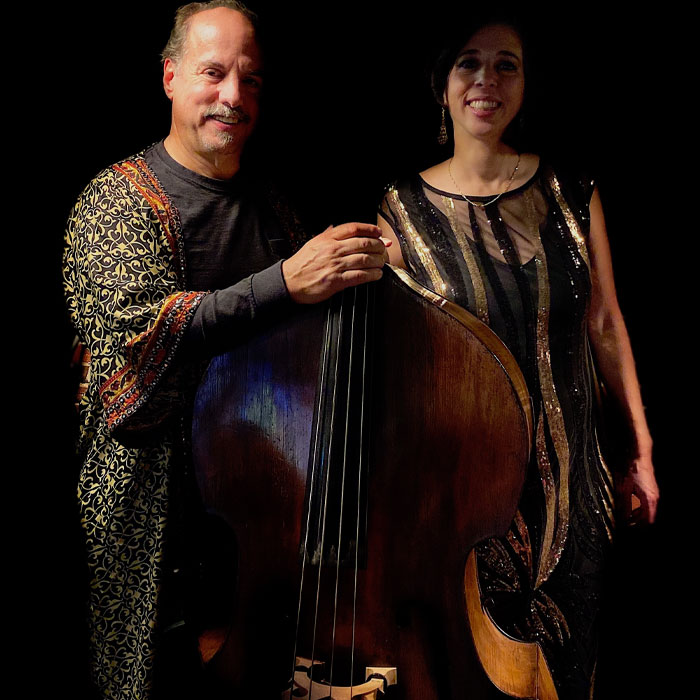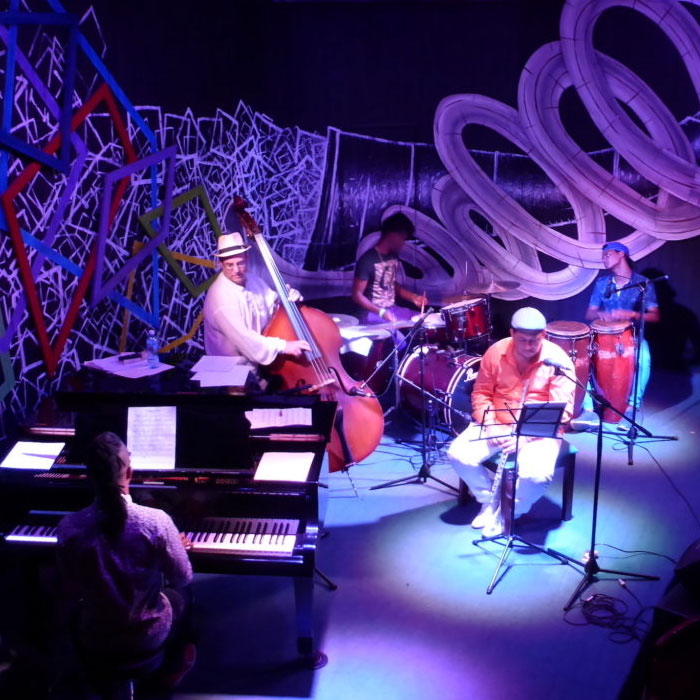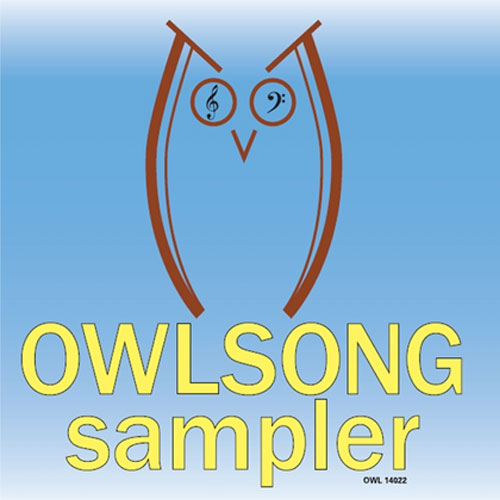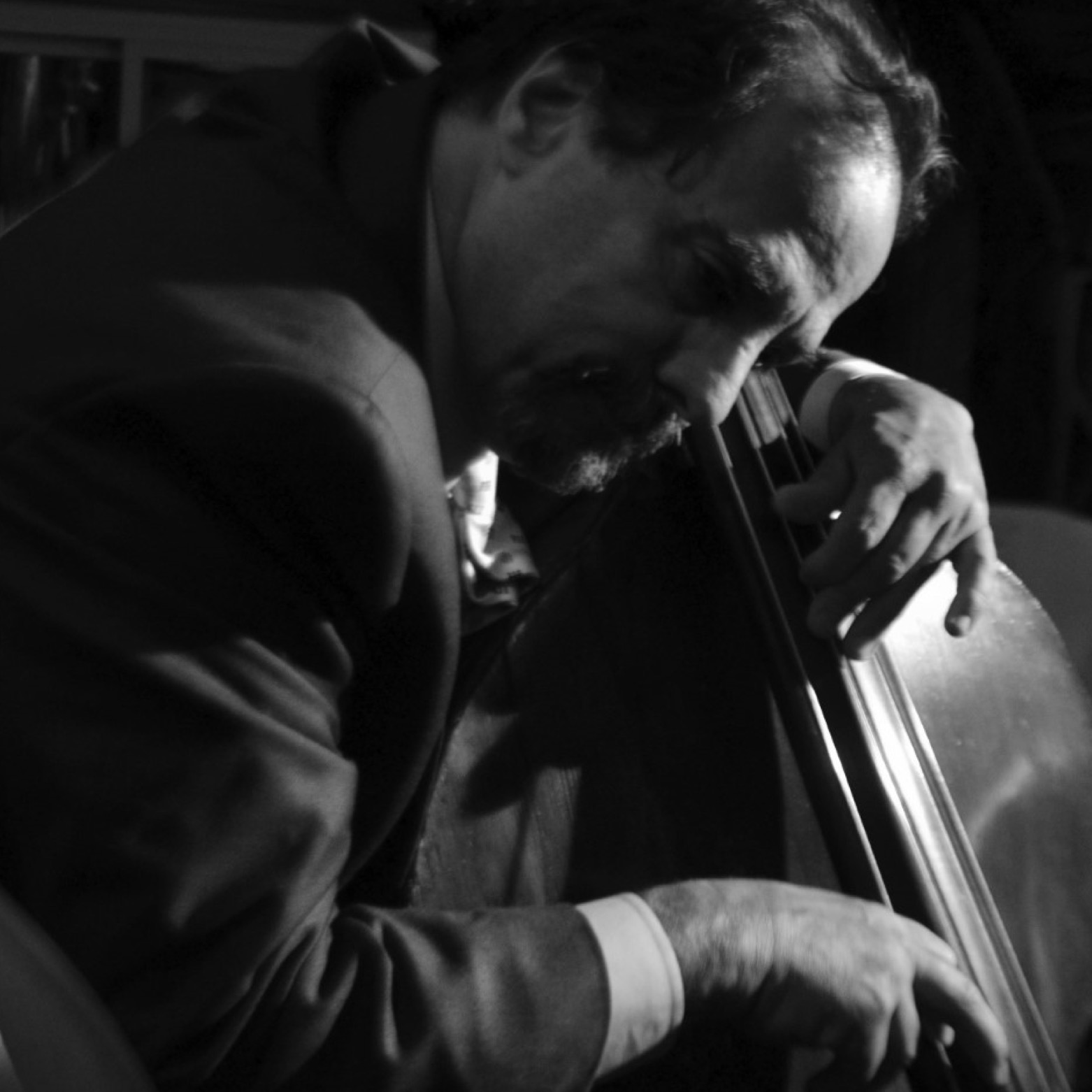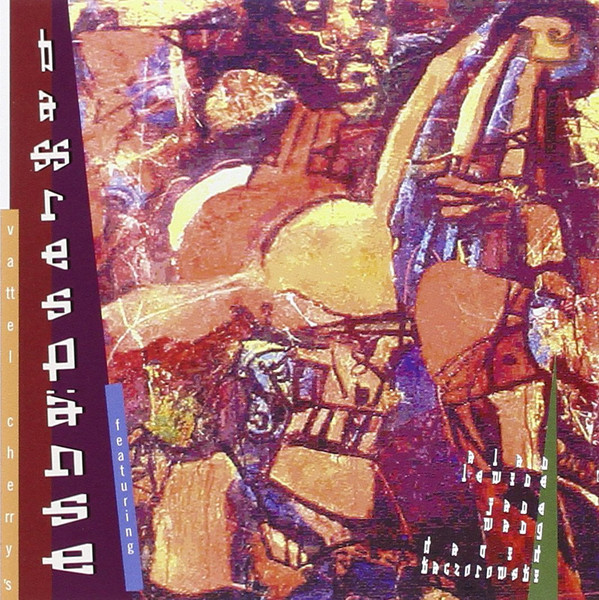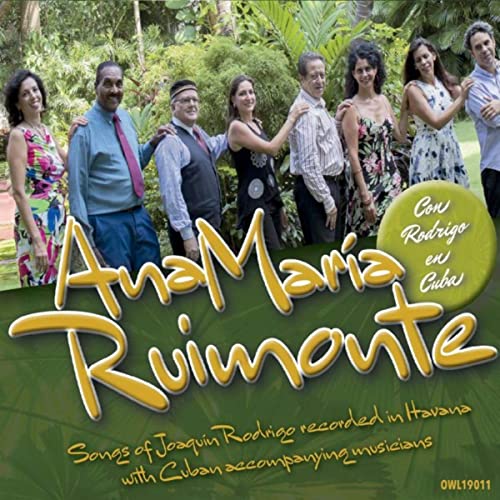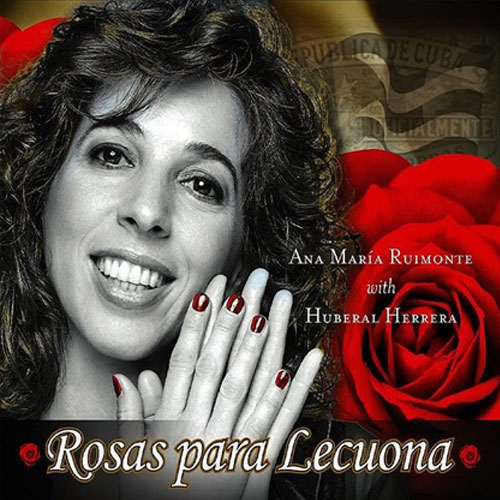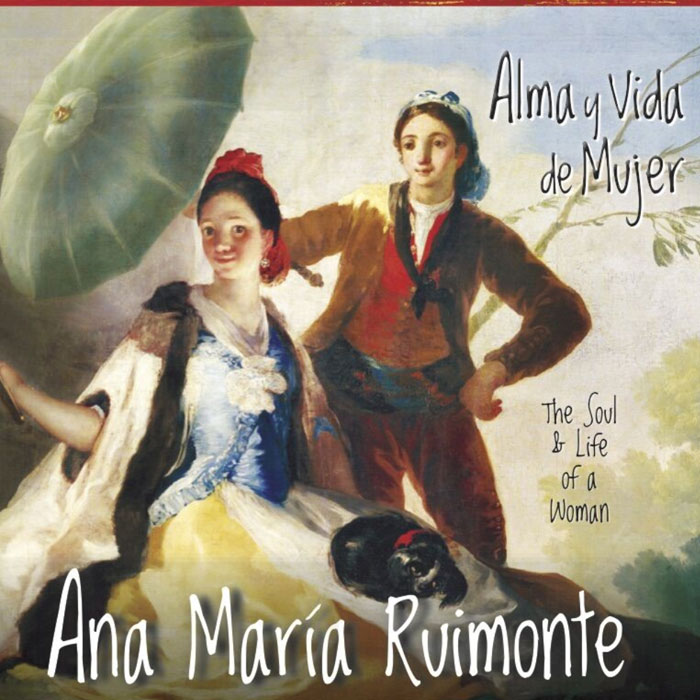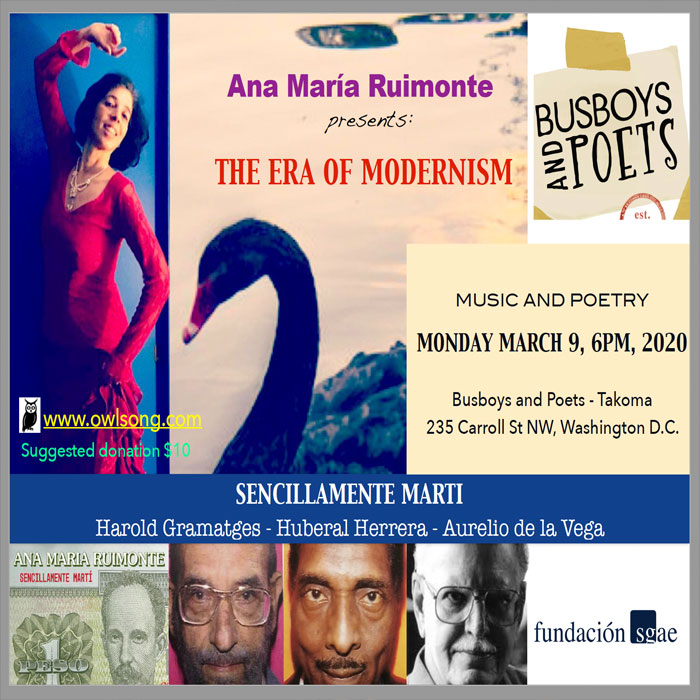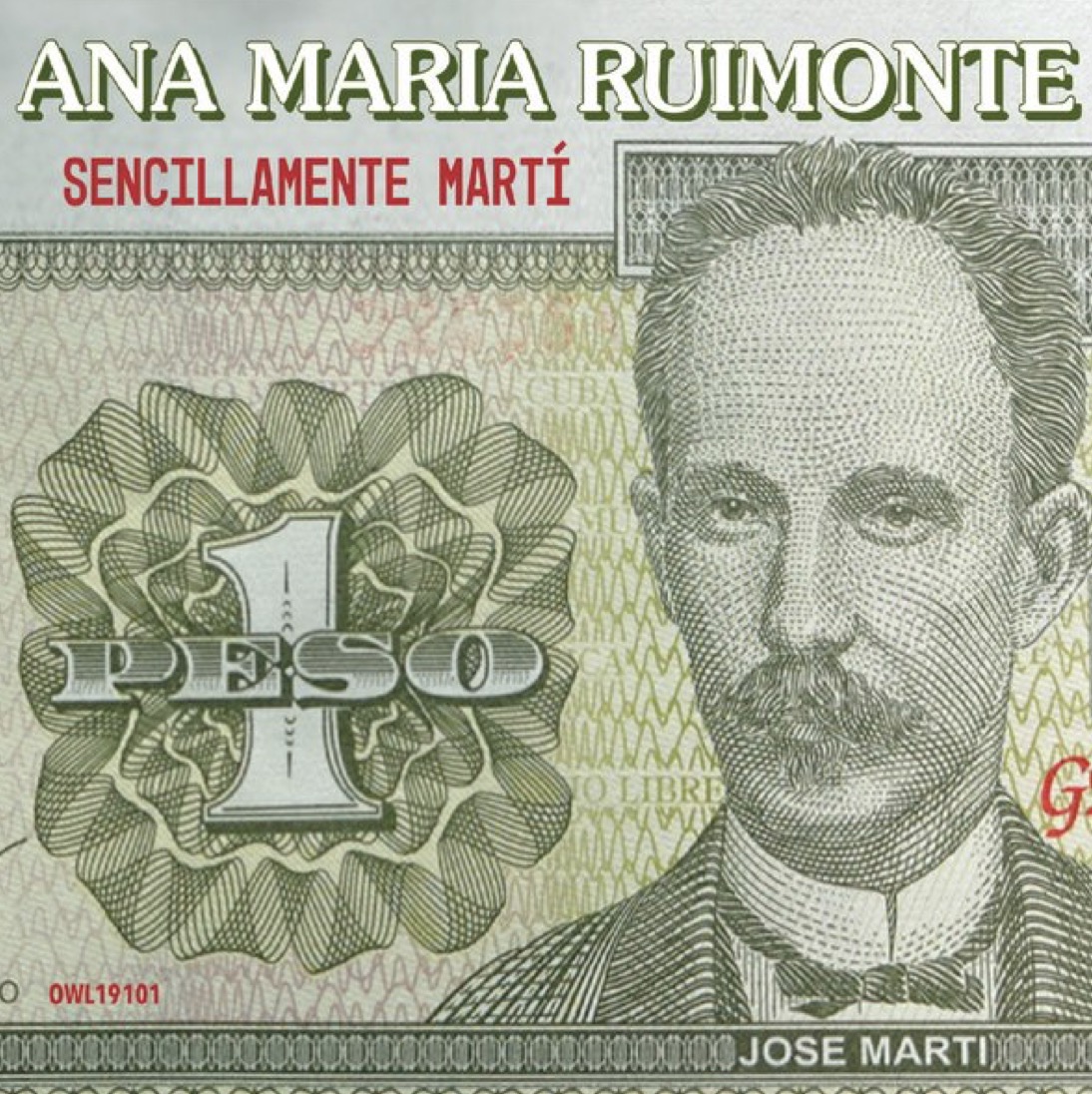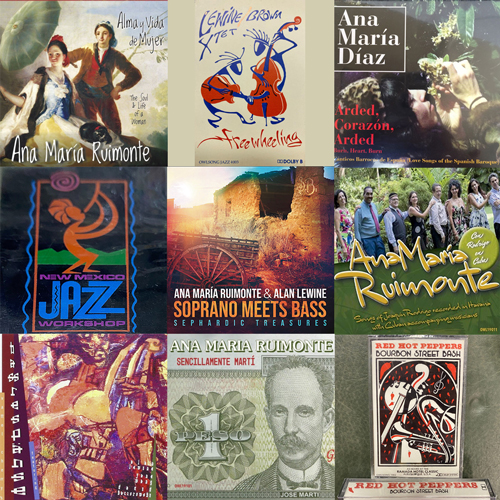Arded, Corazón, Arded (Burn, Heart, Burn)
Love songs of the Spanish Baroque (Cánticos Barrocos de España) - Arded, Corazón, Arded or Burn, Heart, Burn. Soprano voice of Ana María Ruimonte (then known as Díaz) accompanied by baroque guitar and cello.
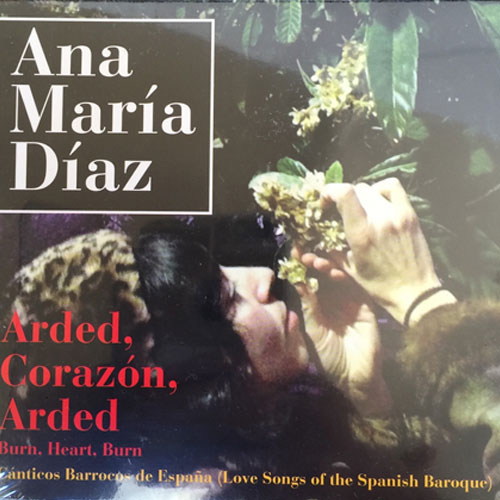 In commemoration of the 400th birthdays of Juan Hidalgo, the Composer of the first Spanish opera titled “Celos del Aire Matan” (more or less, “Jealousy in the Air is Deadly”), and of Juan Carreño, portrait painter at the Court in Madrid, both born in 1614.
In commemoration of the 400th birthdays of Juan Hidalgo, the Composer of the first Spanish opera titled “Celos del Aire Matan” (more or less, “Jealousy in the Air is Deadly”), and of Juan Carreño, portrait painter at the Court in Madrid, both born in 1614.
Ana María Ruimonte (Díaz), soprano accompanied by cello and baroque guitar.
Ms. Ruimonte, who was born in Madrid, spent her childhood in Alcalá de Henares, birthplace and childhood home as well of Don Miguel de Cervantes - the author of Don Quixote, who died in Madrid in 1616 - early in the period this CD celebrates. Ms. Ruimonte studied at Spain's leading music schools: the Conservatorio Superior de Música and then obtained her Master of Arts in singing at the Escuela Superior de Canto also in Madrid. This is her first release under her own name and her first Owlsong release.
Ms. Ruimonte worked for 8 years with the Royal Opera (Opera of Teatro Real) of Spain and 7 years with the Spanish National Orchestra and Chorus (OCNE). She has appeared on numerous CDs and DVDs distributed by major labels with these ensembles before relocating to the Philadelphia USA area in 2013. She continues her studies with maestros from the Academy of Vocal Arts while in early 2014 covering the role of Maddalena in Umberto Giordano's opera Andrea Cheniér presented by Concert Opera of Philadelphia. More information at her website and Facebook fan page.
Liner Notes
This CD, titled Arded corazón arded (or Burn, Heart, Burn) commemorates the 400th anniversary of the births of the composer Juan Hidalgo, and the Spanish court painter Juan Carreño in 1614. Hidalgo and Carreño are two stellar representatives of the Spanish baroque era, part of what is known as the Golden Century in what was then the fairly new capital city of Madrid. At this time arts and literature underwent ferment and rapid stylistic development throughout Spain, and indeed Europe. The leading Spanish artists of the time remain well-known today throughout the world. They include painters Diego Velázquez, El Greco (who died in Toledo, Spain 400 years ago in 1614), religious painter Francisco de Zurbarán, Bartolomé Esteban Murillo and Jusepe de Ribera, a Spanish baroque painter who did much of his mature work in Italy. Pedro de Mena was a leading sculptor of the time in Granada and Madrid. We still revere writers such as Miguel de Cervantes (Don Quixote de la Mancha) and playwright Lope de Vega also flourished in Spain at this time.
The disc includes songs composed by Juan Hidalgo and José Marín, as well as the Spanish Cantata composed by a world-traveling German, George Frideric Handel when he lived in Italy and some anonymous composers as well. Most of the lyrics come from famous popular and court playwrights of this era including the prolific Lope de Vega and Calderón de la Barca. These songs are representative of the best surviving “profane” or secular theatrical music of the era.
Notes From Ana María
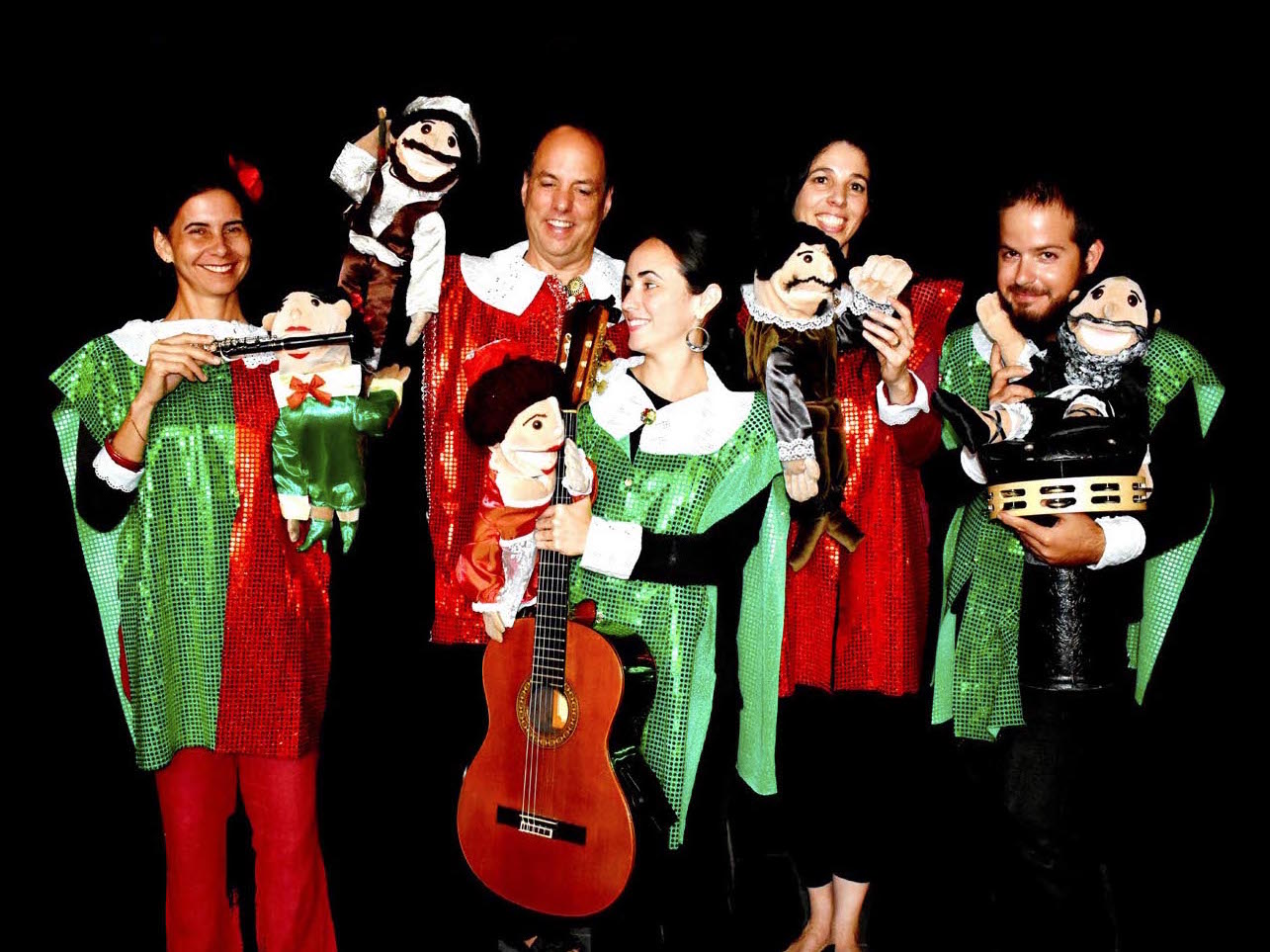
“I found this music while researching in the Spanish National Library. It had been virtually unknown for centuries, but preserved in the libraries of the Cathedral of Valladolid and the monastery of Coimbra in Portugal. These songs, written in the high baroque period of 1640-1700 come from the most important collection of secular theatrical music of the Iberian Peninsula. These sorts of songs were later rewritten to form the basis of popular villancicos, similar to Christmas Carols and children’s songs by the masters of Spanish church music, such as Miguel Gómez and José Martínez.
“In form, these songs are typical examples of Spanish monodía or monody, with the melody as the principal voice accompanied by a basso continuo in the cello, while the guitar fills the harmony. The rhythms are complex, again typical of the Spanish baroque, mixing 2 and 3 beat patterns in an overall 3 or 4 beat measure. Musically, the tempos and dynamics vary within each song, deploying contrasting lines, colors and dynamics in the passionate baroque style.
"The lyrics address love, both naïve and realistic, offer advice and apply popular knowledge often in a subtly bawdy setting. The language is sometimes archaic, yet the sensibility is ultimately similar to what we experience today, with metaphor deployed for color and to disguise the off-color. An example is Ah, De La Esfera De Nieve (Ah, Snow Ball) where snow can represent an unfaithful lover eventually melting away. In this way, these songs are like American blues 300 years later and pop music of today. The lyrics cover joy and sadness, nostalgia, jealousy, beauty, desire and admiration. These songs reflect love as passionate, pure or sullied, in settings ranging from the countryside of a farm girl to the aristocracy.
“I wanted to sing this music without any kind of influence from other recent interpretations. I didn't know these songs until I came upon them in the Biblioteca, but they looked so natural to me that I decided to perform them as I felt them. Though I generally sing with a larger voice for opera, I decided to sing here more naturally and in a more ingenuous and naïve fashion, trying to clearly enunciate the lyrics and project my voice with reasonable volume but without artifice. I tried sometimes to sing like a flute or a bird as the individual songs inspired me, coloring my voice as the words seemed to demand.
“My thanks to the marvelous instrumentalists who accompanied me: Adam Hunter (originally from England) of the National Orchestra of Spain on ’cello with his marvelously round sound, and Juan Carlos de Mulder (originally from Lima, Peru) improvising his parts authentically on the Spanish baroque guitar.
“At this time of my life, singing to love is my highest desire. Of course, the love and lovers of the XXI century are not so different to those of the XVII century. I want to thank my husband Alan Lewine because he is my inspiration and the person who makes real my illusions and my dreams.”
Ana María Díaz
Credits
Musicians
Ana María Ruimonte (Díaz), soprano
Adam Hunter, cello
Juan Carlos de Mulder Duclós, baroque guitar
Produced by Alan Lewine for Owlsong Productions Inc.
Recorded at Estudios Piccolo, Madrid, Spain, December 2013
Gabriel Castellano, Carlos González, engineers
Mixed and mastered at Silvertone Studio, Ardmore, PA, USA, January-February 2014
Alfred Goodrich, Engineer
www.silvertonestudios.com
© 2014 Owlsong Productions, Inc. All rights reserved.
Special thanks to the “Sala Barbieri” at the Biblioteca Nacional de España in Madrid, and Jesús Manuel Sánchez Pérez, Director del Departamento de Música Antigua del Conservatorio Profesional de Música “Arturo Soria” in Madrid; also to the Asociación de Mujeres en la Música Clásica de España; Escuela Superior de Canto de Madrid; Revista Ritmo de España; Comunidad de Madrid; Auditorio Nacional de España; OCNE (Orquesta y Coro Nacional de España); Orquesta Sinfónica de Madrid y Teatro Real; Jose Maria Iñigo and Jesús Trujillo de RNE (Radio Nacional de España); ExpoClásica; Michelle Scanlon, Philadelphia, USA; Academy of Vocal Arts in Philadelphia, USA; and Opera America, New York, USA, Astral Artists, Philadelphia, USA; Concert Opera of Philadelphia, USA; Free Library of Philadelphia; New York Public Library.
Back cover painting, La Monstrua Desnuda by Juan Carreño (1680). Inside engraving of Madrid by Aveline family (1692). Front cover foto (c) 2012 Alan Lewine; Disc and interior fotos of Madrid (c) 2011 Ana María Díaz. Layout & Design: Ken Kramer. All rights reserved.

